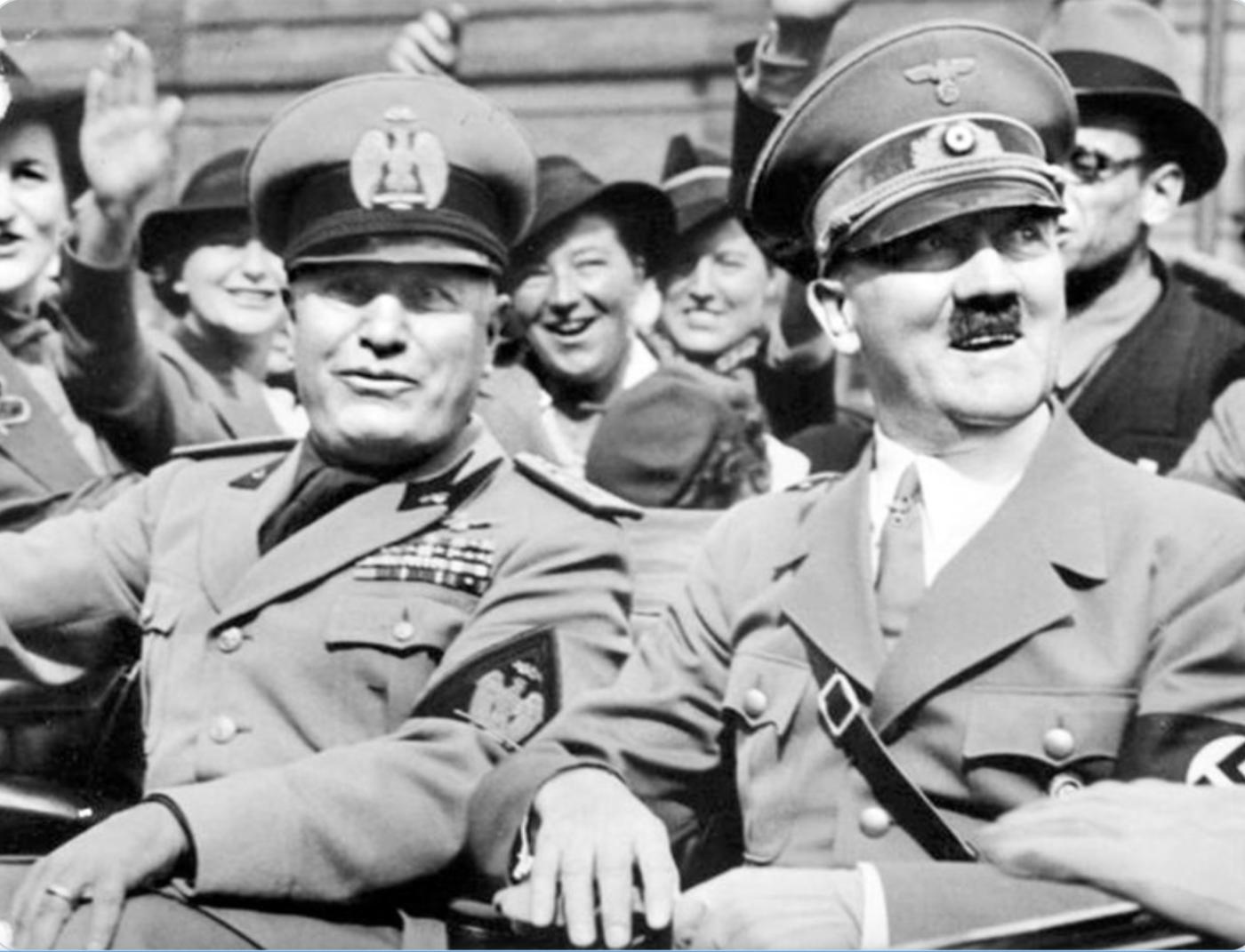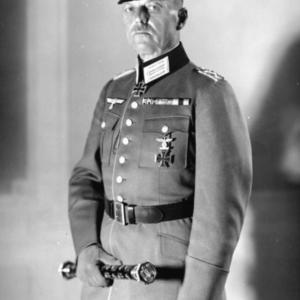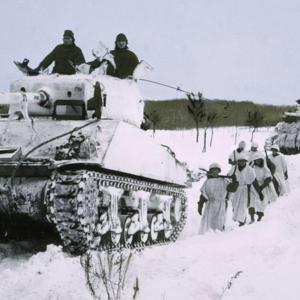
On this day in military history…
On October 25, 1936, Benito Amilcare Andrea Mussolini, the fascist dictator of Italy, visited Berlin to meet with Adolf Hitler in a significant diplomatic encounter that would shape the course of European history. The visit culminated in the signing of what would become known as the German-Italian alliance, or more formally, the Rome-Berlin Axis. This event marked a turning point in the alignment of powers in Europe during the lead-up to the Second World War.
The journey to Berlin was more than a political gesture; it was a calculated move to solidify ties between two authoritarian regimes that had been gradually drawing closer over the previous years. Although the countries had expressed mutual admiration for each other’s political systems, their relationship had been strained by earlier events, such as the Italian invasion of Ethiopia in 1935 and Germany’s initial disapproval of that aggression. However, by 1936, both regimes saw mutual benefit in cooperation, especially in their shared opposition to communism and to the League of Nations.
The Italian leader was received in Berlin with elaborate ceremonies, military honors, and public displays of unity. Crowds filled the streets, and Nazi Germany showcased its strength and organization. Hitler, eager to draw Italy closer, offered a warm welcome and emphasized the ideological similarities between fascism and National Socialism.
At the heart of the visit was the signing of an agreement that publicly aligned the two nations. Though not yet a formal military pact, the declaration of the Rome-Berlin Axis signified the beginning of a strategic partnership. The agreement stated that the two countries would coordinate their policies and present a united front in international affairs. The term "axis" was introduced to describe this alliance—around which, as the Italian leader declared, all of Europe would eventually revolve.
This new alignment marked the beginning of deeper collaboration between the two regimes. In the months and years that followed, their relationship evolved, especially after both supported Francisco Franco’s nationalists in the Spanish Civil War. This cooperation laid the groundwork for the Pact of Steel in 1939, which formalized their military alliance just before the outbreak of World War II.
The 1936 Berlin meeting was therefore more than a ceremonial event. It signaled the rise of a dangerous new alignment in European politics, defying the post-World War I international order. The Rome-Berlin Axis became a central feature of the alliance system that would help plunge the world into global conflict.
In retrospect, Italy’s close association with Hitler’s regime proved a fateful decision. While it initially brought prestige and a powerful partner, the alliance ultimately dragged Italy into a war it was ill-prepared for, contributing to national devastation and the fall of its fascist leadership. Still, the October 25 meeting remains a pivotal moment in 20th-century history, marking the formal birth of an alliance that would have lasting consequences for Europe and the world.










